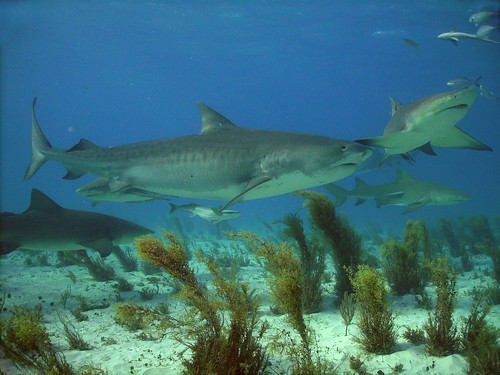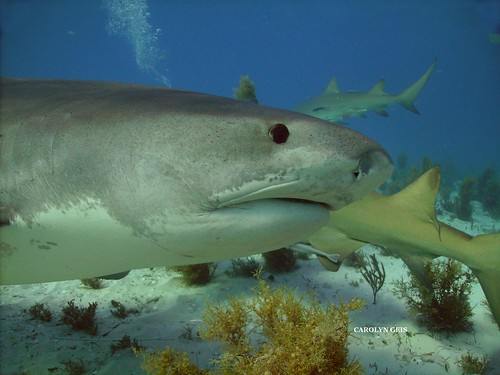LOL Funny stuff there Jim!
Carolyn:shark2:
Carolyn:shark2:
Welcome to ScubaBoard, the world's largest scuba diving community. Registration is not required to read the forums, but we encourage you to join. Joining has its benefits and enables you to participate in the discussions.
Benefits of registering include
This is a true story of the scientists who lived on these uninhabitable islands to study the sharks.

Here are some of my pics from the trip! I will be going back in Oct 09!

Here are some of my pics from the trip! I will be going back in Oct 09!




Carolyn:shark2:
I can see how chumming would agitate the sharks, making a bite more likely. They don't chum for whites at the Farallones from what I've been told, it's illegal here. A couple weeks ago I went to a talk by a long time Farallones commercial diver who now takes amazing video of the sharks. If I heard him correctly, the sharks were more aggressive when divers were less common there. He thinks they've learned that divers don't represent food so they're less curious. It was fun to hear him talk about winning stare-downs with 2000 lb killers, the big sissies...Here there is a lot of controversy about chumming and then allowing divers into the water (in a cage) because the fishermen, lobstermen and abalone divers who make a living in the areas where divers are chumming for great whites say this chumming is altering the natural feeding pattern of these sharks and they are becoming aggressive.

